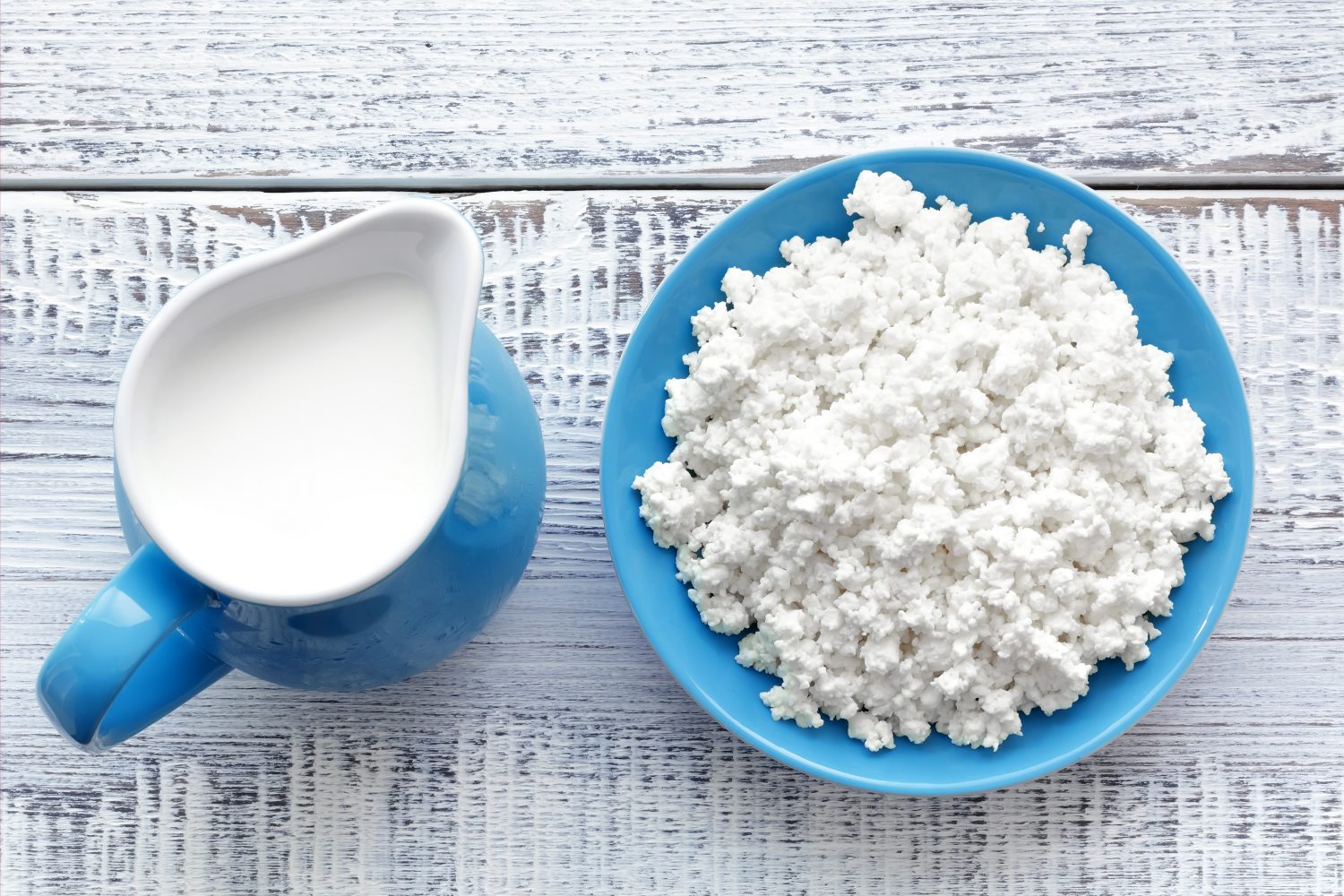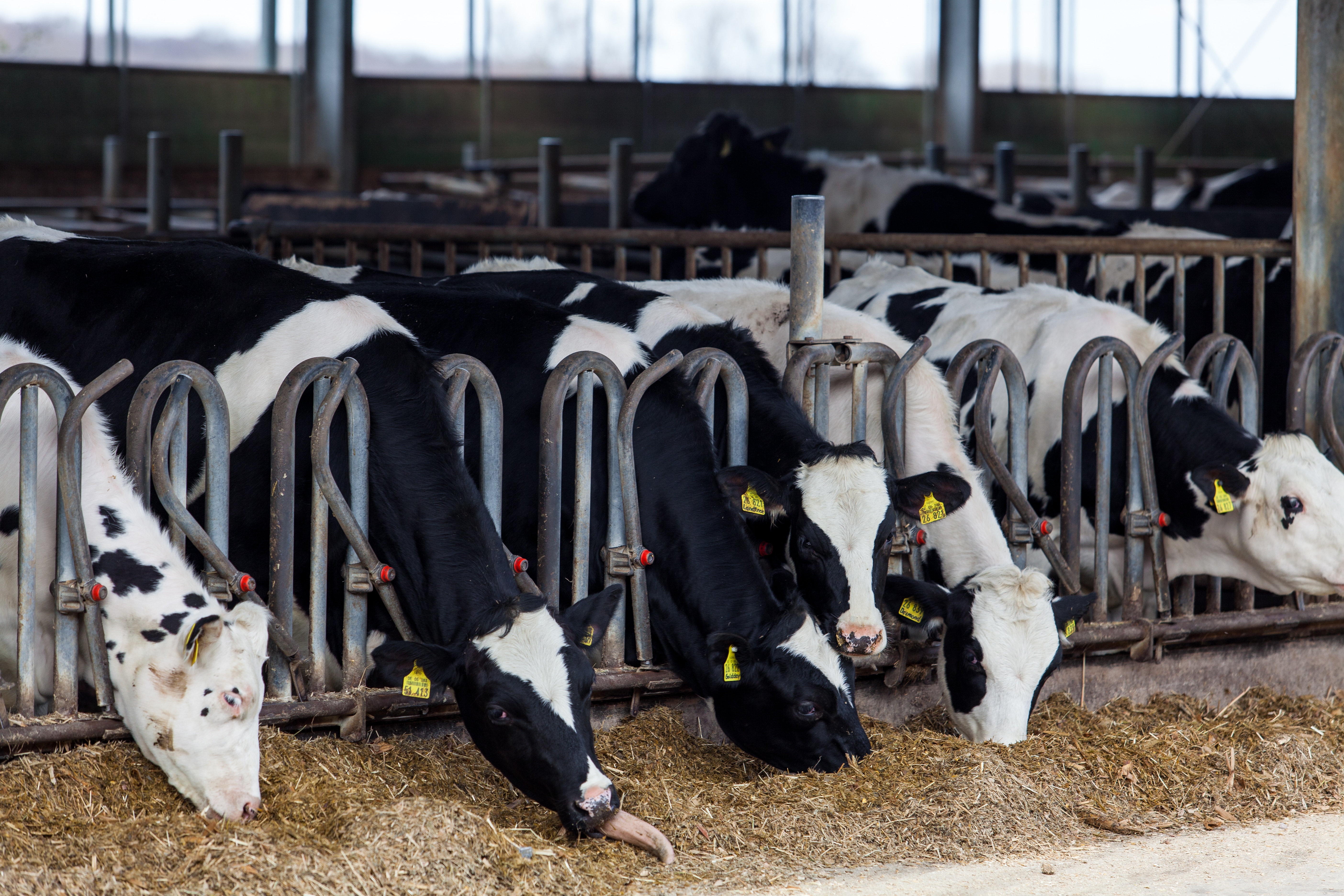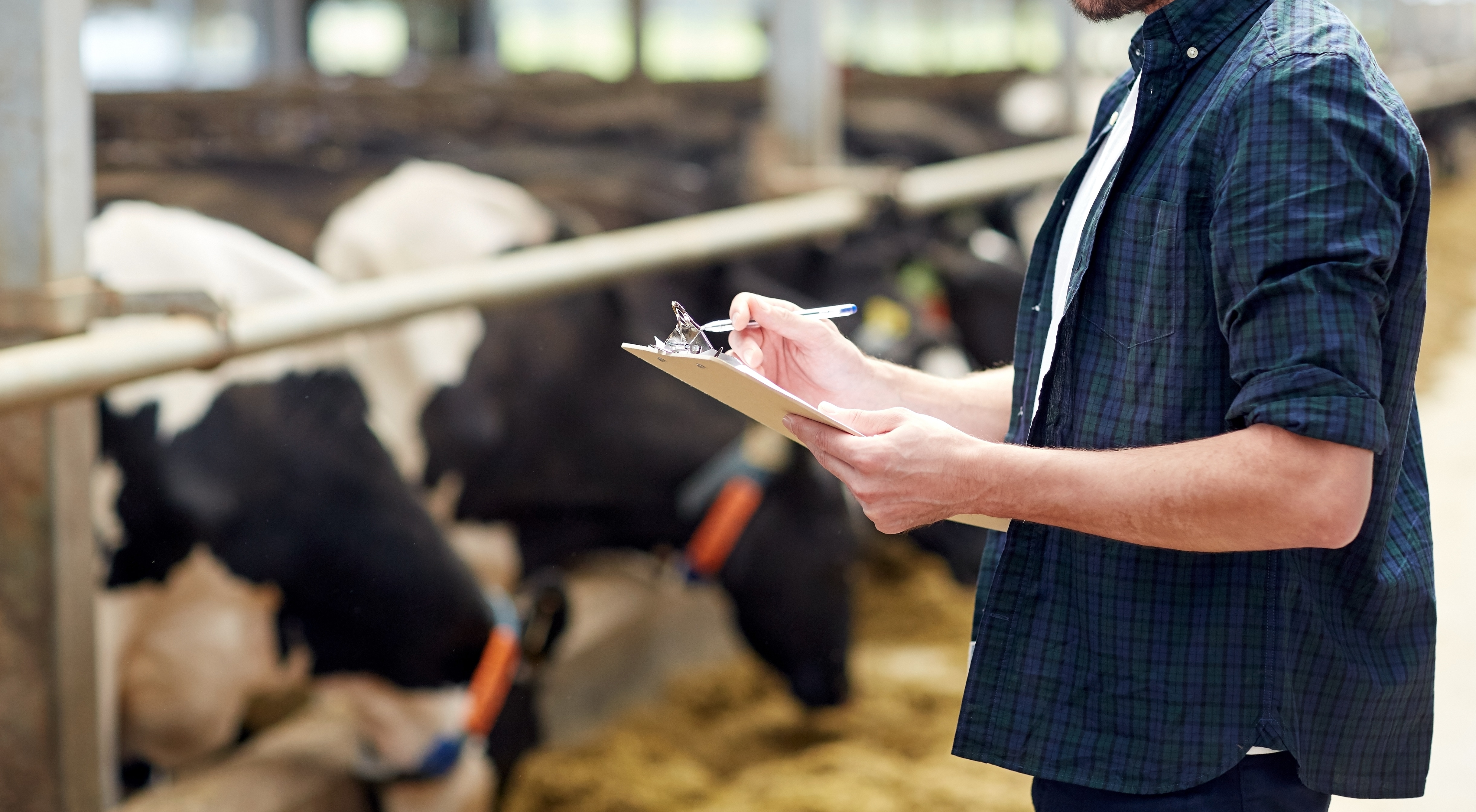fjfnewswp2324234234342018-03-27T04:17:14+00:00
For Johnson County, Ind. farmer Joe Kelsay, it's not just another day on the farm. He's continuing to pump milk while a cloud of uncertainty hangs over his farm.
"Right now it's a bit difficult to be a dairy farmer," said Kelsay, standing in his milking parlor.
As a fifth-generation dairy farmer, his job just became even more difficult. He was notified in February from Dean Foods that he has 90 days to find a new home for his milk
"It was a little surprising to have this market and this market partner for so long and that relationship to look to be ending," he said.
Kelsay not only received a letter in the mail, but has also be in constant contact with the company he did business with for more than 25 years.
"In our conversations with both field staff and top leadership, they're very frustrated that this the reality that they're dealing with," he said.
Kelsay is one of 27 producers in Indiana and more than 80 reported across the country who received the same notice from Dean Foods.
In the letter, Dean's is calling it a "difficult decision," but once based on two main factors: the first is the new Walmart milk processing plant scheduled to come online near Fort Wayne, Ind. in May. The second is the dairy market flooded too much milk
"We're caught at a time when there's just too much milk," Mike North, president of Commodity Risk Management Group, explained to U.S. Farm Report. "There's more than what the market can bear at this moment."
"I equate to corn harvest with the elevator being full," said Luke Minich, a dairy farmer in LaPorte, Ind. "There's just nowhere to put the milk."
North says producers ramped up production in response to an increase in overall dairy demand.
"Demand grew, especially at the world level and our producers made the investment, put their best foot forward, and they really rose to the occasion, and they really brought a lot more milk to the table," said North.
While overall demand has climbed, with appetites for items like chees and milk growing, consumer continue to drink less milk. That trend is adding to the oversupply pain.
According to Dean Foods, since 1975, fluid milk consumption has dropped 11 gallons per person. That's as the U.S. dairy industry continues to pump out more milk, at a rate of 350 more gallons of milk each year.
It's that combination that's been lethal to the dairy industry, hitting farmers in the form of suffering milk prices.
"A lot of producers' cost of production is exceeding what they're getting in their milk check," said Matthew Lange, a business consultant with Compeer Financial.
North says higher milk prices hinge on what happens this spring.
"If we can eliminate enough supply this spring that we become short in that supply as we approach fall, we do set the stage for that to happen," said North.
That may be easier said than done. In the dairy industry, eliminating supply isn't an easy fix.
"It takes two years to get an animal up to size to start milking, and then once you're rolling in that process, it's really hard to adjust that to the exact needs of the market," said Kelsay.
Adjusting supply is hard, and that's one reason why he was overcome with concern when he got the letter from Dean Foods this winter. It's that concern shared among many producers.
"The cows are making milk," said Kelsay. "We're milking three times a day, and hauling a trailer load every other day out of our farm, so where that has to go and how we can find a new market certainly rushes right in."
While concerns still weigh on his shoulders, he doesn't blame Dean Foods for the difficult decision the company had to make.
"Dean Foods has been a great partner of ours for 25 years, and they have been nothing but professional about their approach," said Kelsay.
It's those business decisions having an impact on farmers like Kelsay, but North agrees with the Indiana farmer: it's not healthy to condemn Dean Foods or Walmart.
"This isn't just a Walmart issue, this isn't just a Deans issue, this is an industry wide experience where processors are overwhelmed by milk supply," said North.
Kelsay says that's not stopping him from continuing to fight the challenges, searching for a new buyer; however, the reality is some producers may not find a new home.
"In some situations, some dairy producers are going to have to sell not only their herd, but considering selling machinery, equipment, selling real estate as well, just to be able to cover their debts," said Lange.
As debts rise while milk prices don't budge, he says it's a harsh reality that's set in.
"They're looking at how many dollars they've lost, or how much additional debt they've had to take on while looking at those 2018 budgets and saying, "˜Boy, we're really going to be putting our business or our equity in a position that we don't feel comfortable with.'"
It's that dilemma starting Kelsay in the face .
"We're negative margin and we have been for a bit, how much more equity are we willing to invest to wait for these prices to improve," asked Kelsay. "I think that's a question our family and many other families are asking and those difficult conversations are happening around the dinner table as they come to grips with these changes are real."
Whether a farmer is forced out of milk production"”or does so voluntarily"”Lange says leaving the business isn't a mark of failure.
"Failure to me is when you see the writing on the wall that this isn't working anymore, but you just hope things get better," said Lange. "While I try to be as optimistic as anyone else, hope is a poor business plan."
It's not just hope that's worked into Kelsay's plan, as he remains determined a new market will surface, just like it did for another Indiana farm family this year.
"We were always very positive that we would find a market for the milk," said Minich.
His family received a letter from Dean Foods in the fall that they had 90 days to find a new home for their milk.
"We received notice in October and were able to find a new buyer based in Ohio," he said.
It was a search that took nearly the entire 90 days, but he says it's positivity that got their family through.
"We've farmed for six generations now, and it's the best way I know how to raise a family," he said.
It's that same positivity carrying the Kelsays through this difficult time.
"Long-term I'm really bullish U.S dairy," said Kelsay. "I think that our ability to grow feed, and take care of animals, produce and then process milk and then distribute that milk and those dairy products is second to none in the world."
As an eternal optimist, he knows he also has to balance it with being a realist. The reality is it's not only his family, but employees whose livelihoods pivot on the success of the Kelsay's dairy.
"It's really a family, it's extended family," said Kelsay. "The folks that work on our farm are absolutely critical to what we do every day."
As one door closes, he's hopeful another door will open, as he works to keep his family's legacy alive.






